



The Nilambur forest in Kerala's Malappuram district faces significant environmental stress due to climate change, deforestation, and invasive species. Shifting seasonal patterns, frequent landslides, biodiversity loss, and wildlife conflicts are impacting ecosystems and local livelihoods. Mitigation efforts include afforestation, better land-use planning, and sustainable farming practices.

Disclaimer: Copyright infringement not intended.
The Nilambur forest in Malapurram district, Kerala, has seen a drastic shift in seasonal patterns over the past decade. This has had a number of impacts, including delayed food production and the disappearance of certain bird species.
|
General Information |
Known as the Sahyadri Hills in northern Maharashtra and Sahya Parvatham in Kerala.
|
|
UNESCO World Heritage Site and one of eight biodiversity hotspots in the world due to high biodiversity and endemism. |
|
|
Geography |
Extends from the Satpura Mountains in the north to Kanyakumari in the south, covering approximately 1,600 km and 140,000 km². |
|
Runs parallel to India’s west coast, 30 to 50 km inland. |
|
|
Foothills include Desh (Maharashtra), Malanadu (Karnataka), and Nilgiri Malai (Tamil Nadu). |
|
|
Mountain Ranges |
Nilgiri Range connects to Shevaroys and Tirumala Range, linking the Western Ghats with the Eastern Ghats. |
|
Anamudi Peak (Kerala) is the highest peak in the Western Ghats and India outside the Himalayas. |
|
|
Hill Stations |
Includes Matheran, Lonavala Khandala, Mahabaleshwar, Panchgani, Amboli Ghat, Kudremukh, and Kodagu. |
|
Geology |
Block mountains formed by land undulation or fault edge of the Deccan Plateau. |
|
Rocks: Basalt, charnockites, granite gneisses, khondalites, leptynite, crystalline limestones, iron ores, dolerites, and anorthosite. |
|
|
Rivers |
Western flowing: Periyar, Bharathappuzha, Netravati, Sharavathi, Mandovi, etc. |
|
Fast-moving rivers with steep gradients, are ideal for hydroelectricity. |
|
|
Eastern flowing: Godavari, Krishna, Kaveri; tributaries like Tunga, Bhadra, Bhima, Malaprabha, Ghataprabha, Hemavathi, Kabini. |
|
|
Slower-moving rivers merge into larger rivers. |
|
|
Climate and Vegetation |
Tropical evergreen forests on western slopes with rosewood, mahogany, cedar, etc. |
|
Dry and moist deciduous forests on eastern slopes with teak, sal, sandalwood, etc. |
|
|
Key barrier influencing monsoon winds; forests home to globally threatened species. |
|
|
Wildlife |
Endemic species: Nilgiri tahr, lion tailed macaque. |
|
Other fauna: Nilgiri marten, brown civet, Indian mongoose, striped mongoose, leopard cat. |
|
|
Globally threatened species: 229 plants, 31 mammals, 15 birds, 43 amphibians, 5 reptiles, and 1 fish. |
|
|
Protected Areas |
Includes 2 Indian Biosphere Reserves, 13 National Parks, several wildlife sanctuaries, and many reserve forests. |
|
Nilgiri Biosphere Reserve: Largest protected area with evergreen forests (Nagarahole), deciduous forests (Bandipur, Nugu National Park), Wayanad, Mudumalai. |
|
|
Silent Valley National Park (Kerala): Last stretches of virgin tropical evergreen forest. |
Source:
|
PRACTICE QUESTION Q.Examine how global warming has affected the ecological balance and biodiversity of the Western Ghats. Discuss the major environmental changes observed in this region and their implications for conservation efforts. (250 words) |
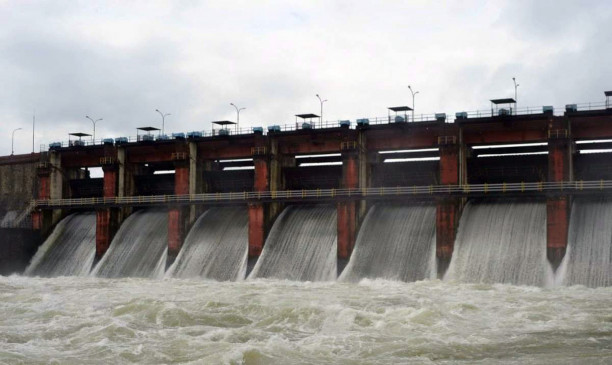
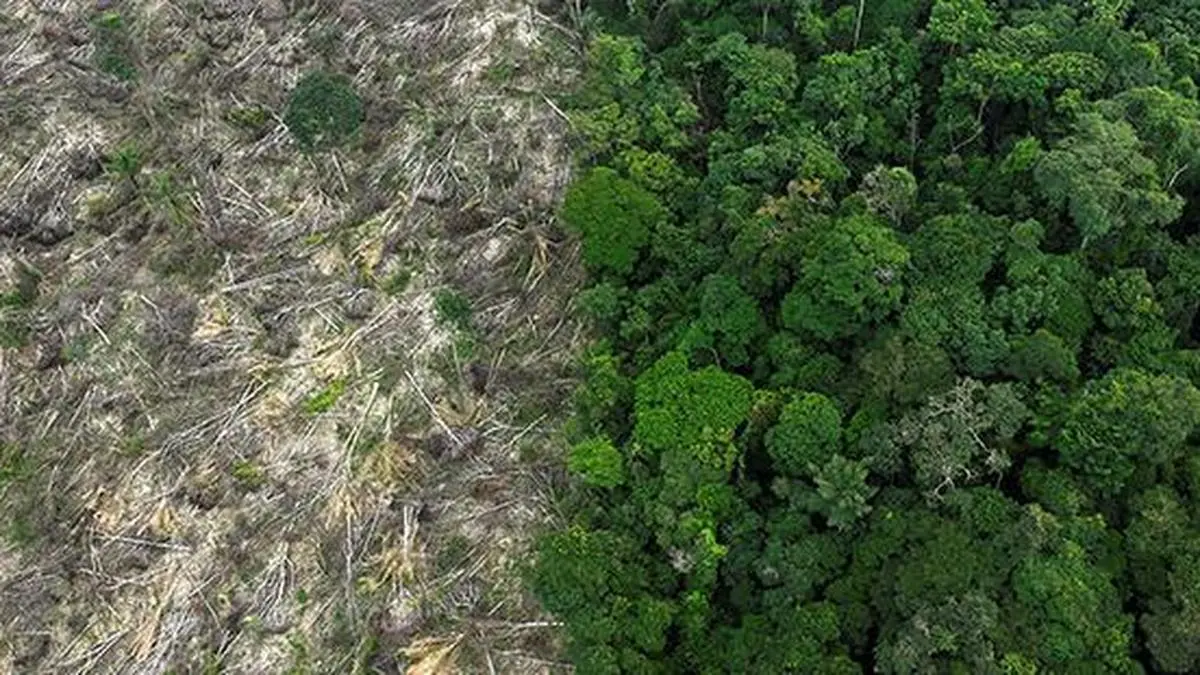
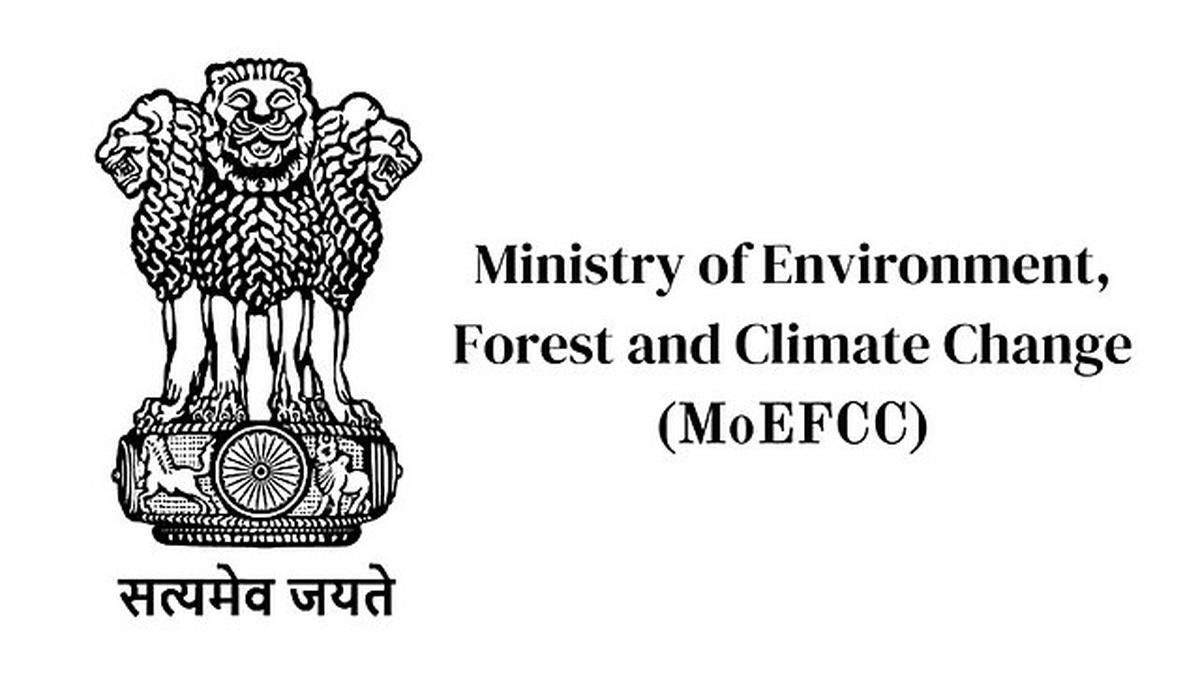

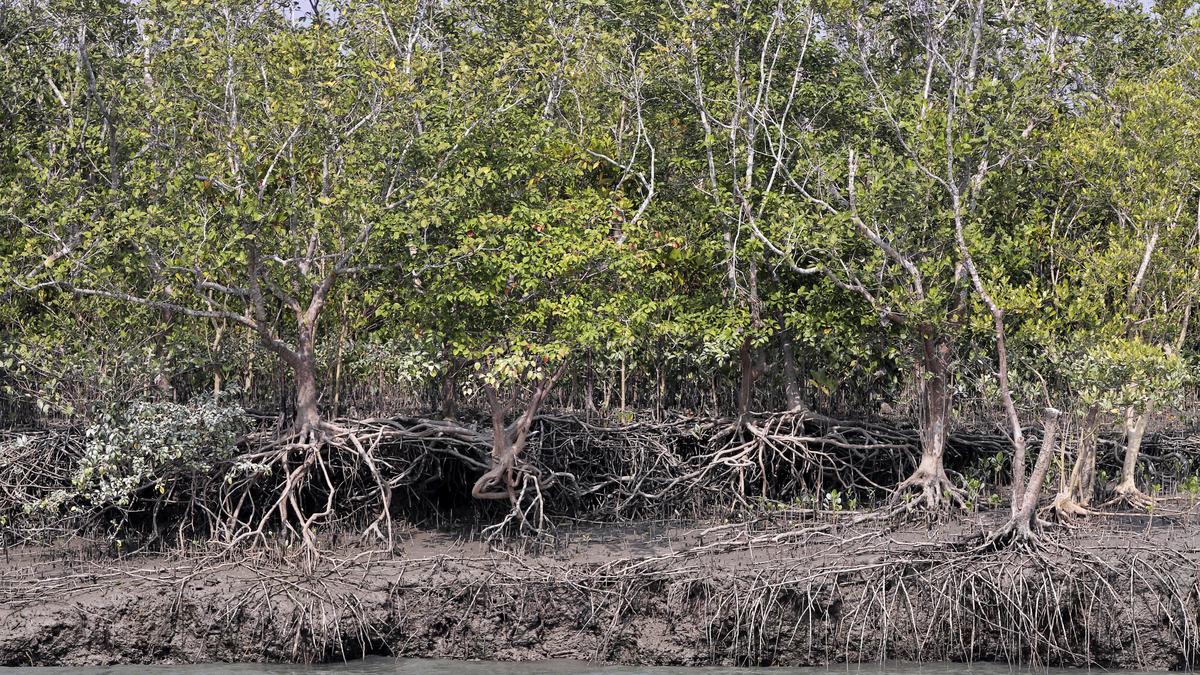

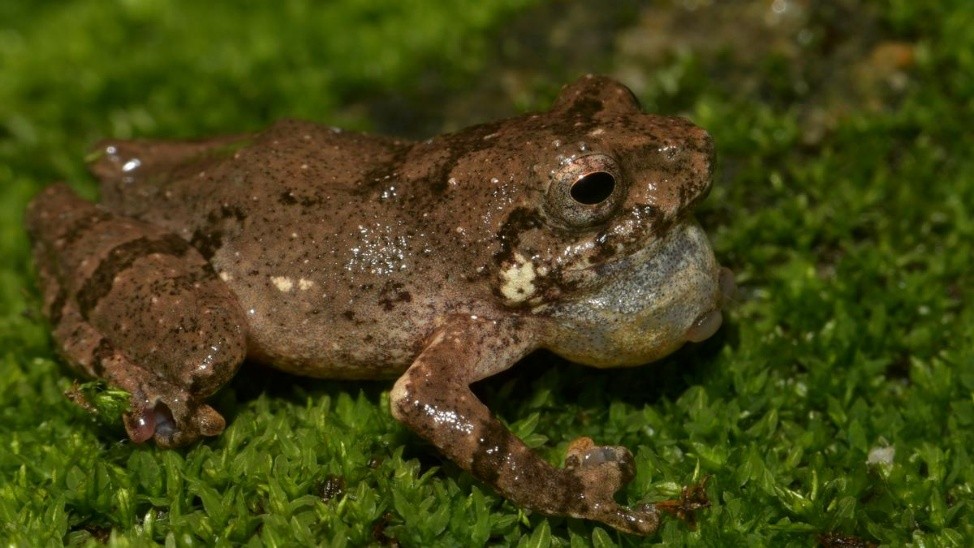


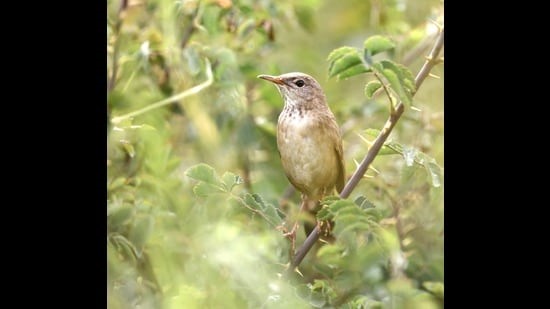

© 2025 iasgyan. All right reserved